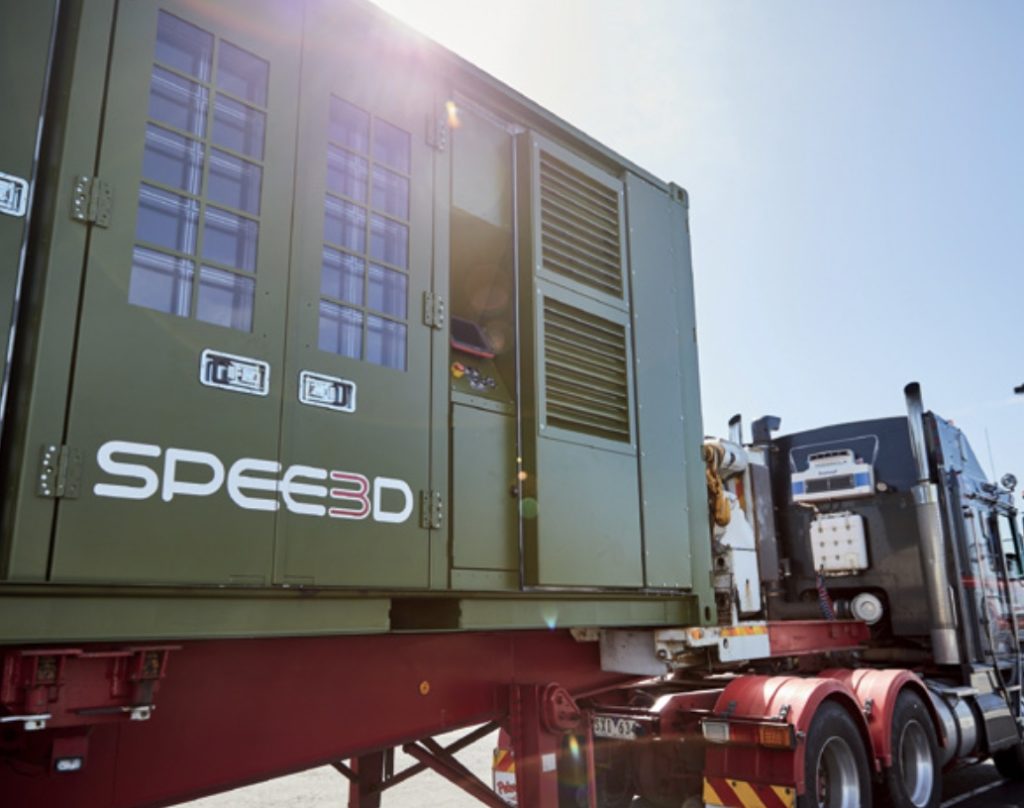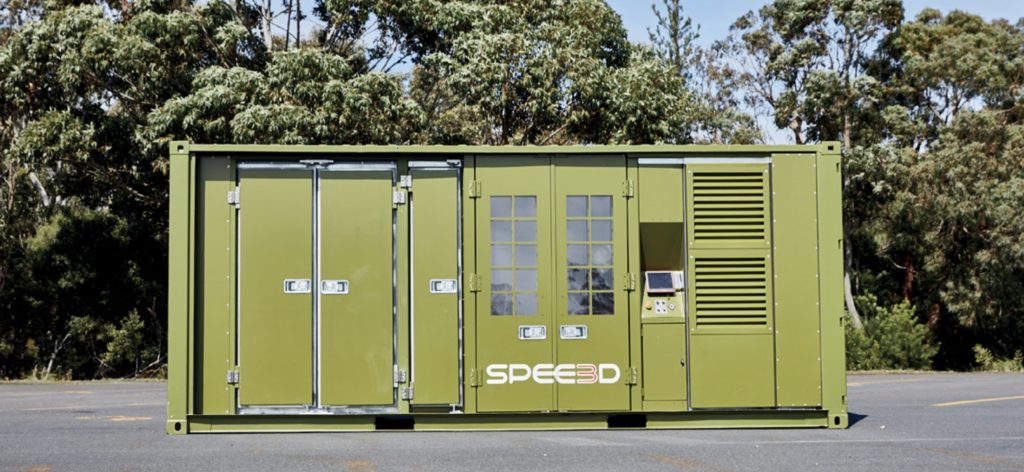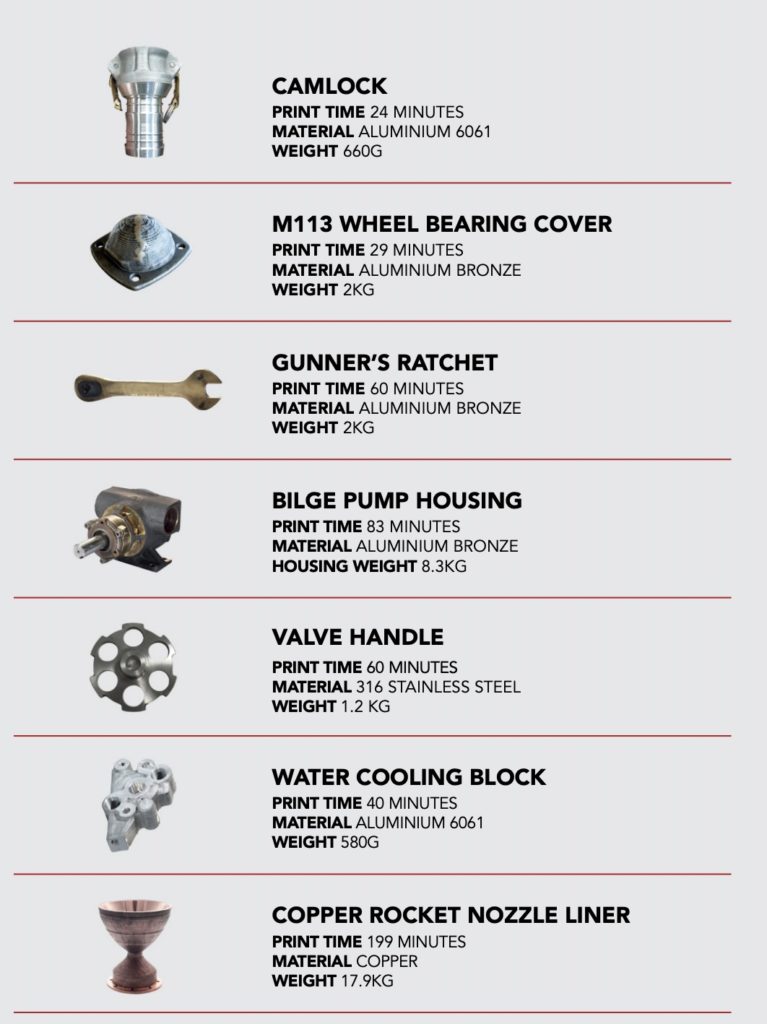The U.S. is intent on further developing a relationship with its closest allies, working together with the U.K. and Australia to 3D print hypersonics and more. Now ,Australian firm SPEE3D has been asked by the U.K.´s Ministry of Defense to demonstrate high-speed cold spray 3D printing to the U.S. military. It is all very chummy, indicating even further collaboration.
What Is Project Convergence?
The U.S. Army Future Command’s Project Convergence 2022 is a multi-country military jamboree with a technology focus. Or, to put it in Army speak:
¨Project Convergence is the Joint Force experimenting with speed, range, and decision dominance to achieve overmatch and inform the Joint Warfighting Concept and Joint All Domain Command and Control. A campaign of learning, it leverages a series of joint, multi-domain engagements to integrate artificial intelligence, robotics, and autonomy to improve battlefield situational awareness, connect sensors with shooters, and accelerate the decision-making timeline. Because whoever can see, understand, and act first will win.¨
The idea is to evaluate over 300 different technologies and vendors with members from a variety divisions, expertise, and even countries such, as the U.K. and Australia. This includes companies such as Viasat, which “[d]elivers IP-based voice, video, & data networking over X-, Ku-,commercial Ka-, and military Ka-bands, including operation with Viasat’s high-capacity satellite service.¨ There’s also ZKX, which has an “MFA Engine” that ¨[p]rovides Zero Trust Multi-Factor Authentication for tactical and distributed environments.¨ Think one part tech bro, two parts army fatigues and you’ll get the idea. The Army is specifically interested in sensors, communications, robotics, AI, medical, sustainment and cloud computing.
SPEE3D’s Role in Project Convergence
SPEE3D´s cold spray technology is a very fast technology that is inexpensive to boot. The process can use relatively low quality, low cost powder, as well. SPEE3D has also demonstrated with the UK and Australian armies that it can work in relatively austere environments as well. The company can build parts in copper, steel (316, 17-4), titanium, aluminum and more materials. This means that with one technology you could repair, recreate or invent quite a few different families of parts. The company also has a containerized 3D printing solution, the XSPEE3D that can print a 100g/minute.
The British Army asked for SPEE3D to be present at a session on October 30 to November 9, 2022 at Fort Irwin, for a Project Convergence evaluation. There will have been thousands of researchers and warfighters at the event. Byron Kennedy, SPEE3D´s CEO, said about the demonstration:
“We are thrilled to be invited by the British Army to collaborate and explore the capabilities and logistical impact of our additive manufacturing technology for the military. Our partnership over the last two years with them has validated the need for 3D metal printing to solve a myriad of challenges the military faces, and in rough terrain where they need a deployable and easy-to-use solution to print important parts quickly.”
“SPEE3D regularly works with defense worldwide to showcase their innovative additive manufacturing technologies to help solve some of the military’s most pressing supply chain issues. It’s our pleasure to be able to work with SPEE3D, giving the British Army the opportunity to learn lessons from a world-leading additive manufacturing company,” said British Army Lieutenant Colonel Davidson Reith.
It obviously makes a lot of sense for the U.S. and its allies to determine out how the future will impact them and then harness current and next stage technologies to prepare for what will happen. This is a huge opportunity for SPEE3D. Just to give you an idea, the U.S. spends more on its military than the entire Australian GDP.
Subscribe to Our Email Newsletter
Stay up-to-date on all the latest news from the 3D printing industry and receive information and offers from third party vendors.
You May Also Like
Gorilla Sports GE’s First 3D Printed Titanium Cast
How do you help a gorilla with a broken arm? Sounds like the start of a bad joke a zookeeper might tell, but it’s an actual dilemma recently faced by...
Nylon 3D Printed Parts Made More Functional with Coatings & Colors
Parts 3D printed from polyamide (PA, Nylon) 12 using powder bed fusion (PBF) are a mainstay in the additive manufacturing (AM) industry. While post-finishing processes have improved the porosity of...
$25M to Back Sintavia’s Largest Expansion of Metal 3D Printing Capacity Since 2019
Sintavia, the digital manufacturing company specializing in mission-critical parts for strategic sectors, announced a $25 million investment to increase its production capacity, the largest expansion to its operations since 2019....
Velo3D Initiates Public Offering in a Bid to Strengthen Financial Foundations and Drive Future Growth
Velo3D (NYSE: VLD) has been among a number of publicly traded 3D printing firms that have attempted to weather the current macroeconomic climate. After posting a challenging financial report for 2023,...


































